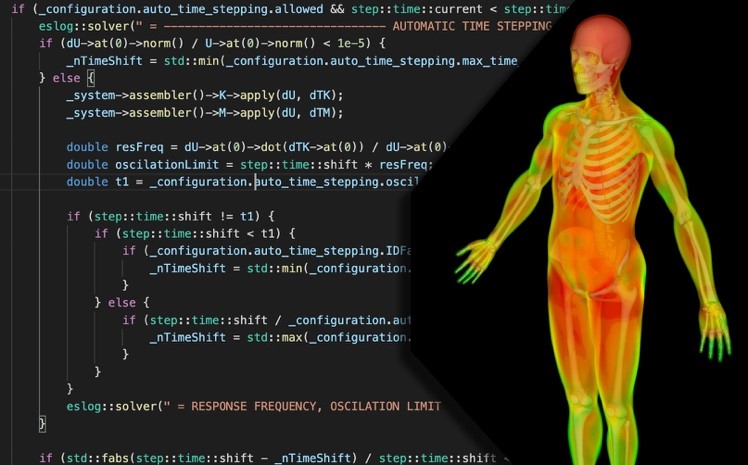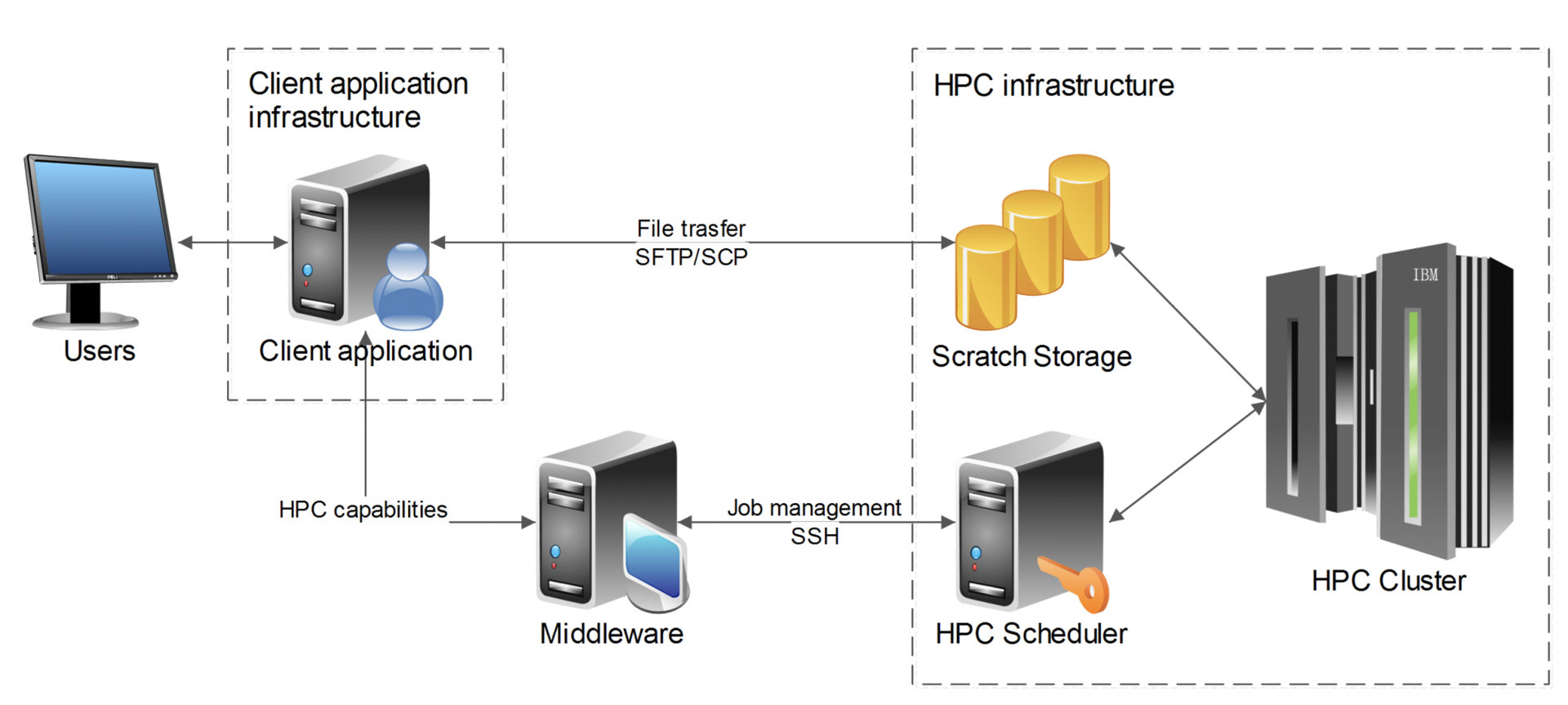IT4INNOVATIONS FLAGSHIPS
Every 3 years, IT4I chooses research activities with highest possible scientific impact and social and economic contribution. The evaluation committee consisting of members of the international Scientific Council of the IT4Innovations Centre of Excellence has currently chosen the following 3 research flagships:
ESPRESO - Highly Parallel Finite Element Package for Engineering Simulations
Researcher: Dr Tomáš Brzobohatý
The latest technological advances in computing have brought a significant change in the concept of new product design, production control, or autonomous systems. In the last few years, we have been witnessing the considerable transition to virtual prototyping and gradual pressure on integrating large part of the industrial sector in the fourth industrial revolution. The main objective of the flagship is to create a robust open source package ESPRESO applicable for a wide range of complex engineering simulations in areas such as mechanical engineering, civil engineering, biomechanics, and energy industry. The open source approach allows automatized simulation chains, based on HPC-as-a-service, such as automatized systems for shape or topological optimization which will be created on the top of the ESPRESO framework. For all the framework components, development of highly scalable methods allowing full utilization of the computational capacity of state-of-the-art supercomputers will be strictly enforced. This work enables to enlarge the IT4Innovations portfolio of services offered to industry and extend the IT4Innovations HPC demonstrators based on real applications.

Material Design - Towards Reality via Exascale Computing
Researcher: Dr Dominik Legut
Since the advances in HPC the simulation of material behavior has played a key role in our lives. This fact was even more pronounced once there was a way to perform quantum mechanical calculations to obtain electronic structure of materials and its behavior to link to many physical and chemical properties. First-principles (ab initio) calculations at present are the parameter free approach for i) verification of the experiments, ii) to simulate conditions or calculate material properties that are not directly accessible or measurable, iii) to design novel materials. Within the flagship we address fundamental and state-of-the-art topics like to design nuclear fuels materials from radioactive compounds for IVth generation nuclear reactors, ultrafast magnetization dynamics for novel data storage, complex spintronic devices exploiting multiferroicity, and engineering applicable materials at finite temperatures and pressures, e.g. novel permanent magnets.

HPC Platforms for Scientific Workflow Execution
Researchers: Dr Jan Martinovič, Dr Stanislav Böhm, Dr Václav Svatoň
The main goal of the most supercomputing centres is to lower the entry barriers to the world of HPC computing for all users from research institutes, industry, hospitals, state administration, etc. while not sacrificing execution performance. The flagship team is focused on the development of the HPC-as-a-Service concept (HaaS) which is an integral solution for HPC centres to make their HPC services available to a much broader user base. Particularly, the High-End Application Execution Platform (HEAppE Platform) is developed at IT4Innovations. This platform is not targeting one particular type of hardware for current HPC and future exascale systems but aims to provide a solution which could be deployed to different systems and computing centres. Through this platform all users can take advantage of the technology without an upfront investment in the hardware. Simultaneously, large portion of HPC workloads are scientific pipelines composed by domain specialists who do not have a deep knowledge of HPC technologies.
Therefore the aim is also to continue in the development of programing models capable of user-friendly workload description as well as runtime layers capable of their efficient execution in large scale distributed environments (e.g. in-house software HyperLoom) and open source the results as much as possible to increase their potential impact.

